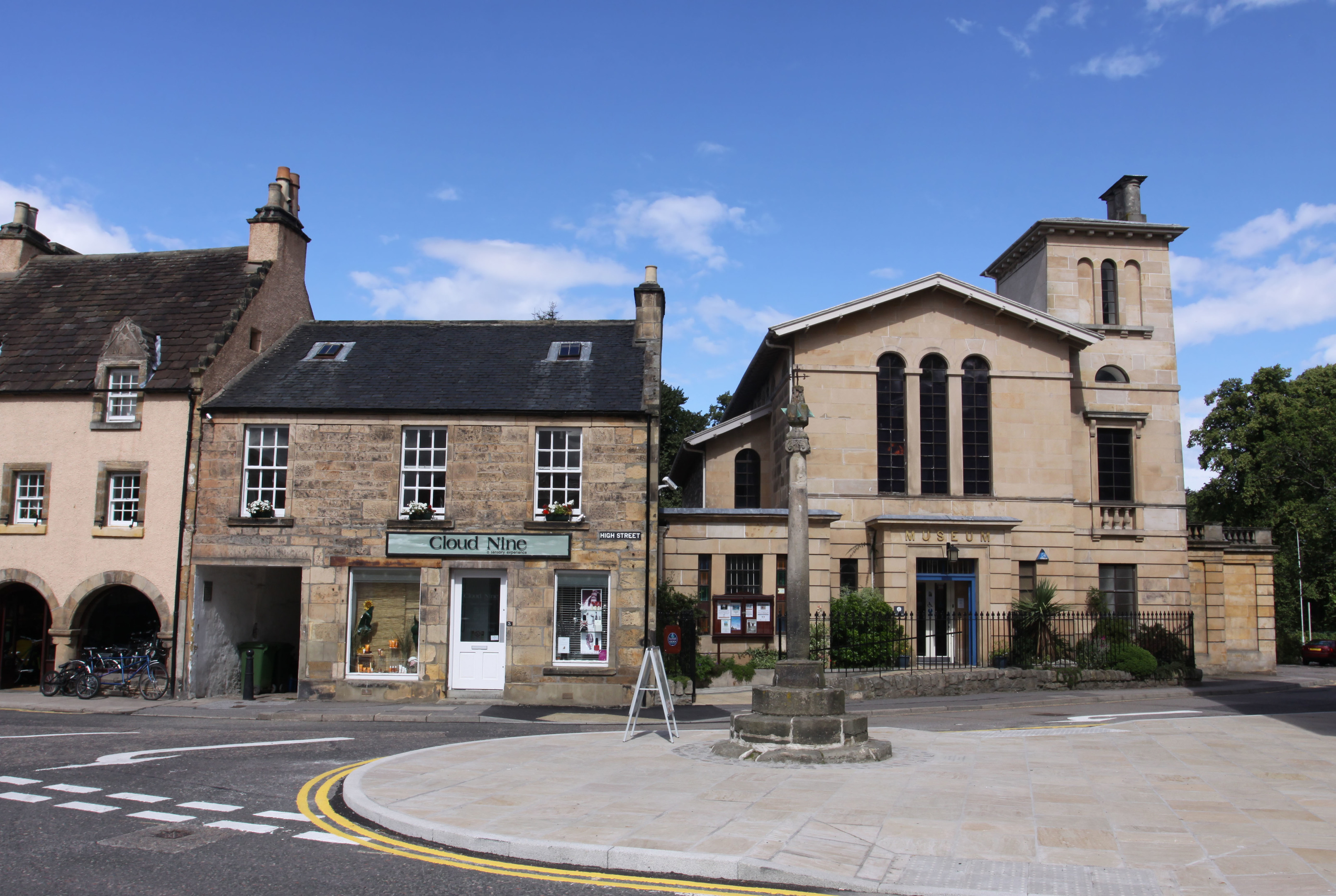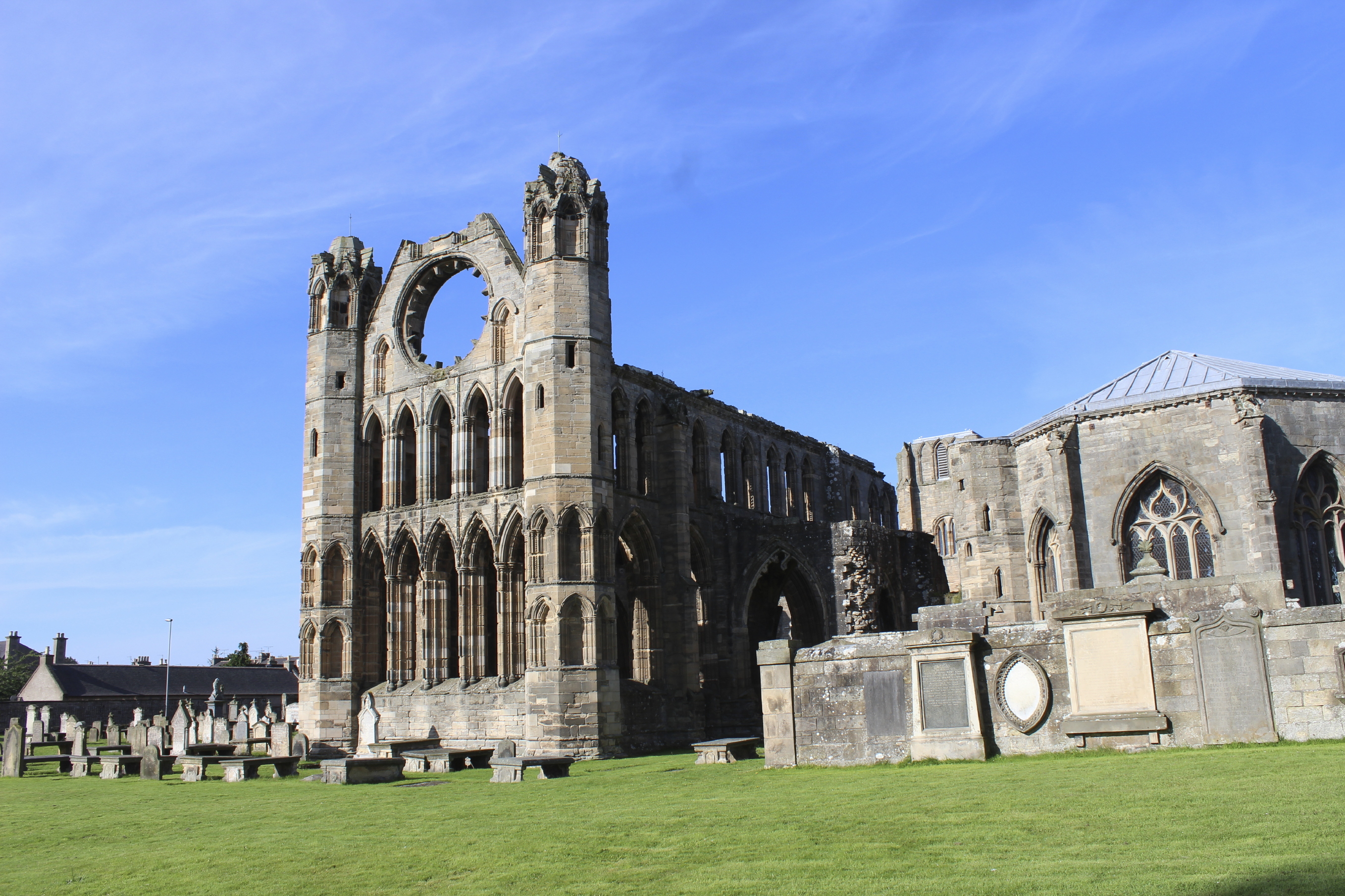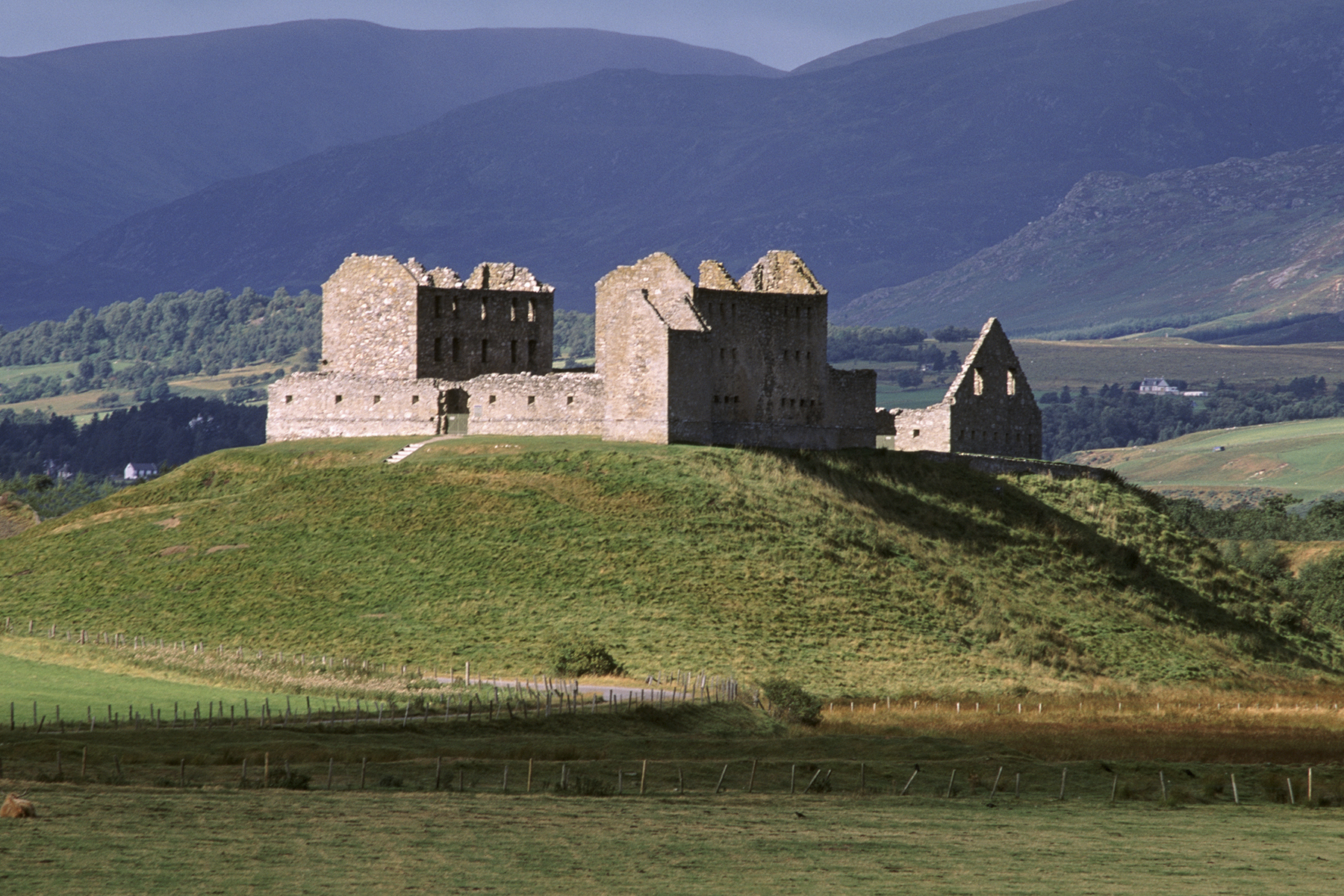
Inverness lies to the west, Aberdeen to the east and its Speyside whiskies are famous the world over.
But despite being described as one of the best and most unspoiled coastlines in the world, the Moray coast is not nearly as well-known as might be imagined.
With its wealth of options for activity and adventure, as well as indulgently relaxing inactivity though, that deserves to change.
Millions of years ago the landscape was very different to the one we can all appreciate today.
Back then it was sometimes a seabed and at other times others a desert, and among the species of fossil fishes and reptiles found in the area is Saltopus elginensis, which may be Scotland’s earliest dinosaur.
There is a model of it – complete with hairy feathers – in Elgin Museum. And as you walk along the coastal cliffs made from ancient dunes you may see fossil footprints.
The coastline has always been important to Moray.
Communities of fisherfolk grew, and in Pictish times Burghead became the centre of a Pictish kingdom ruled from a formidable promontory fort, the remains of which are still visible.
In time the power of the Picts waned and Burghead lost its dominance, but you can see traces of their past glory throughout Moray, most strikingly in Forres where Sueno’s Stone stands testament.
Forres has played its part throughout the history of Moray Speyside, not least because of its links with Macbeth.
Shakespeare’s play begins near Forres but the bard’s tale is drama, not history.
The real Macbeth was the ruler of Moray with a legitimate claim to the throne, and defeated King Duncan in battle near Elgin in 1040, to succeed him as King.
Perhaps inspired to visit by the region’s unique history and the plentiful larder of high quality food and drink produced – more than 50 malt whisky distilleries for example – visitors to Moray
Speyside are able to enjoy a range of activities and adventures on the coast.
Head to the award-winning Scottish Dolphin Centre at Spey Bay to see the bottlenose dolphins which can often be seen from the shore.
Wildlife-watching boat trips are also available elsewhere.
There’s white water rafting, coasteering, sailing, surfing, climbing and abseiling to name just a few of the activities local operators offer.
Walking is very popular, making use of the network of trails that follow the coast and extend into the hillier terrain in the south.
And cycling, whether on trail, road or mountain is a very popular pastime.
Local clubs welcome visiting cyclists and there are regular events, especially during the summer months.
You don’t need to bring your own two wheels, cycle hire is available locally.
A Cycle Moray Speyside leaflet including a map of the main cycling locations can be downloaded from the morayspeyside.com web site.
Many of the region’s visitors spend their time exploring the coastal communities, each of which has its own distinctive identity and heritage.
What unites them is the sea. Fishing, shipbuilding and trading used to be major industries.
At the peak of the herring fishing boom, hundreds of boats could be seen all along the coast.
One enterprising Lossiemouth fisherman, William “Dad” Campbell, designed a new type of fishing boat, named a Zulu because of the war that was being fought in South Africa at the time.
As the fishing industry declined so the Zulus fell out of use, but the remains of some, abandoned when their crews went off to fight in the First World War, are buried under the sand at Culbin, near Findhorn Village.
Lossiemouth Fisheries and Communities Museum and the Buckie and District Fishing Heritage Centre tell the story of the industry.

Whatever the reason for your visit to the Moray Speyside coast – unhurried exploration, gentle exercise in the famously mild micro-climate of the region or the adrenaline rush of adventure – you should also take time too for some quiet contemplation.
Head for the ruins of Kinloss Abbey, once the most northerly Cistercian Abbey in Britain, a place of peace in which to gather your thoughts and find a real sense of well-being.
Inland, Pluscarden Abbey is still a working monastery and welcomes visitors.
Win a break in Moray Speyside. To enter, and for full terms and conditions, go to visitscotland.com/winmoray
READ MORE
Plan a holiday at one of our 10 favourite canals
High points galore along the Yorkshire Heritage Coast

Enjoy the convenience of having The Sunday Post delivered as a digital ePaper straight to your smartphone, tablet or computer.
Subscribe for only £5.49 a month and enjoy all the benefits of the printed paper as a digital replica.
Subscribe